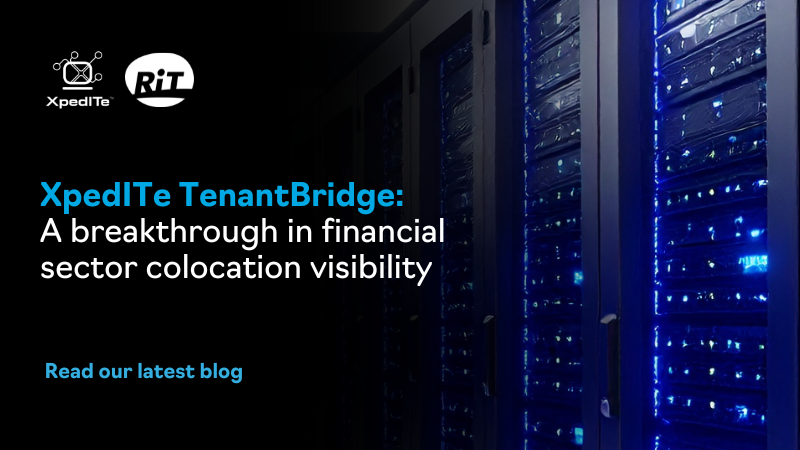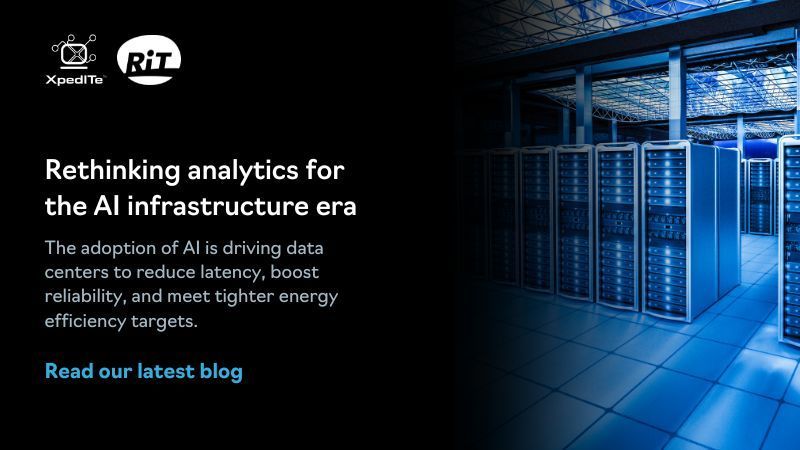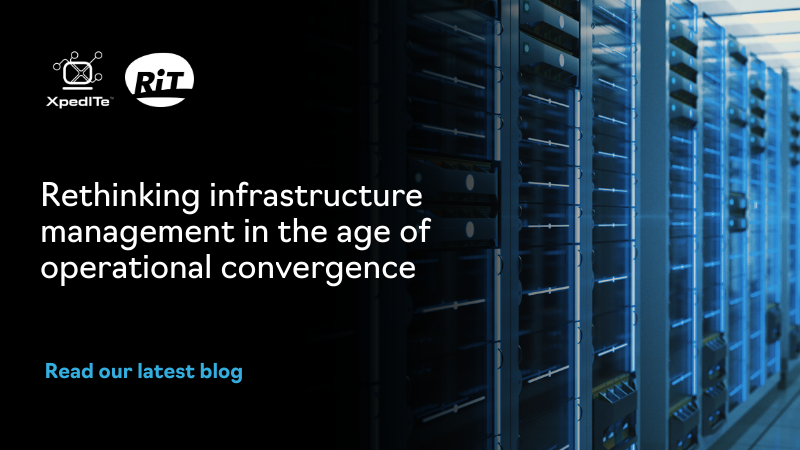Universal Intelligent
Infrastructure Management (UIIM)
Unlock the future potential of your data center operations
Remote Management And Virtual Rounds
Reduce physical
inspections by
up to 80%.
Change Management
Accuracy
Reduce change related errors by up to 45%.
Issue Resolution
Reduce
resolution time
by up to 30%.
Trusted By








What We Do
RiT Tech is a Provider of:
Data Center Infrastructure Management
(DCIM)
An intelligent software platform for comprehensive physical data center infrastructure management; revolutionizing how you oversee and maintain your data center.
Automated Infrastructure Management
(AIM)
Integrating ICT hardware and software systems to monitor and provide real-time physical infrastructure connectivity detection and alerts, providing a robust and proactive approach to managing your IT environments.
Connectivity & Structured
Cabling Solutions
RiT Tech produces end-to-end high-performance cabling solutions that embody the latest advances in high-bandwidth technology and POE support. Achieve higher network speeds, greater bandwidth capacity and improve overall network performance.

Beijing Subway
“The value that RiT Tech and their DCIM software, XpedITe has brought to our operations is not only top-level technology and high quality products but the most important achievement is the impact it has had on our day-to-day provisioning and work orders. Through the software, we can design and simulate all connectivity tasks that are integrated with our intelligent hardware - avoiding human error and making our operations safe and efficient.”
- Ms. Zhao, Chief Technical Officer, Beijing Metro Network Control Center
Why XpedITe is a Must-Have for your Data Center
Unparalleled Features That Go Beyond DCIM
Sustainability Reporting
Real-time monitoring and reporting to meet ESG and regulatory requirements.
Work Order Automation
Fully automate the entire lifecycle of infrastructure changes, from installation to decommissioning.
AI-Powered Insights
Leverage machine learning to predict issues before they occur, reducing downtime and improving operational efficiency.
Universal Intelligent
Infrastructure Management (UIIM)
UIIM aims to empower Infrastructure
and Operations (I&O) leaders and take
infrastructure management to a new level.

Who needs UIIM?
Data center operators
Are you looking for a better alternative to your current DCIM tools?
DCIM Software Partners
XpedITe is perfect for integrating market leading tools to manage data center operations.
MSPs
If you are looking for a way to add value to your offering for data center clients, look no further.
Facilities Management
Companies
Managing the efficiency of infrastructure and operations can prove chaotic if there is no one single pain of glass tool!
Enterprise ESG and Energy Management Departments
XpedITe can support you and your team in achieving all aspects of governance, risk and compliance, including monitoring and management of ESG requirements.
Latest News


Want to See XpedITe in Action?
Request a Live Demo to see how our platform can transform your approach to data center management and help you achieve greater operational efficiency, faster provisioning, and compliance with sustainability mandates.

